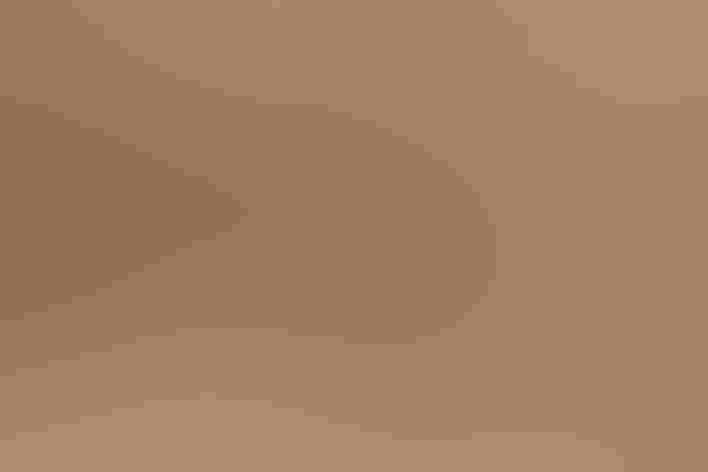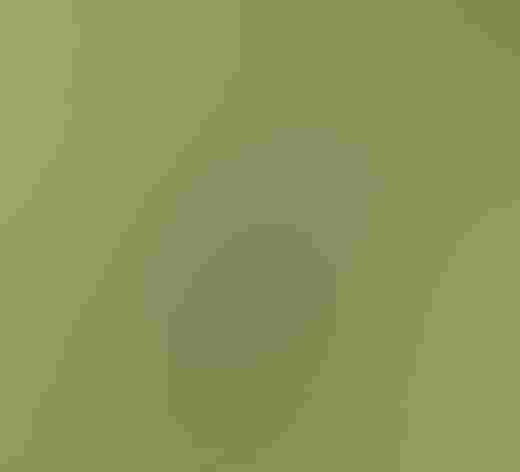Chestnut-collared Longspur
At a Glance
Male Chestnut-collared Longspurs can be found in summer singing their flight-songs over the northern prairies. In winter, flocks invade the grasslands of the Southwest. They can be hard to see well on the ground, flushing when a birder approaches, to swirl away over the fields with soft musical callnotes; they are more easily observed when they come to drink at ponds.
All bird guide text and rangemaps adapted from by Kenn Kaufman© 1996, used by permission of Houghton Mifflin Harcourt Publishing Company. All rights reserved.
Category
New World Sparrows, Perching Birds
IUCN Status
Vulnerable
Habitat
Desert and Arid Habitats, Fields, Meadows, and Grasslands
Region
California, Plains, Rocky Mountains, Southwest, Texas, Western Canada
Behavior
Running, Undulating
Population
3.100.000
Range & Identification
Migration & Range Maps
Migrates in flocks. Occurs in small numbers west to the Pacific Coast and as an accidental stray east to the Atlantic Coast.
Description
5 3/4" (15 cm). Strong tail pattern (mostly white, with black triangle). Summer male black below, with chestnut nape, pale face. Female and many winter birds more sparrowlike; tail pattern and calls are best clues.
Size
About the size of a Sparrow
Color
Black, Brown, Red, Tan, White
Wing Shape
Broad
Tail Shape
Notched, Square-tipped
Songs and Calls
Soft, sweet, and tumbling, somewhat like that of the Western Meadowlark; also a hard ji-jiv in flight.
Call Pattern
Undulating
Call Type
Buzz, Chirp/Chip, Whistle
Habitat
Plains, prairies. Breeds in the general region of shortgrass prairie, but in areas of slightly longer grass and scattered taller weeds. Winters in shortgrass prairies and fields. Overlaps broadly in range with Thick-billed Longspur, but tends to occur in areas with taller and denser grass.
Sign up for ÃÛèÖAPP's newsletter to learn more about birds like the Chestnut-collared Longspur
Behavior
Eggs
4-5, sometimes 3, rarely 6. Whitish, marked with brown, black, purple. Incubation is by female only, about 10-13 days.
Young
Both parents feed the nestlings. Young leave the nest about 10 days after hatching; can fly well by a few days later. 2 broods per year.
Feeding Behavior
Forages while running and walking on ground, picking up items from soil or from plants. After flushing insects from ground, sometimes will chase them, even in short flights.
Diet
Mostly seeds and insects. Seeds may make up close to half of summer diet of adults, and great majority of winter diet; included are seeds of weeds and grasses. Also feeds on many insects in summer, including grasshoppers, crickets, beetles, and others, as well as spiders. Young are fed mostly insects.
Nesting
To defend nesting territory, male performs flight-song display, fluttering up about 20', flying in undulating circles while singing, then fluttering down again. Also often sings from a raised perch. Nest site is on ground, often at base of grass clump or weed, or next to dried cow manure or other object. Placed in shallow depression, either a natural hollow or one scraped out by bird, so that rim of nest is about level with ground. Female builds nest, a shallow cup of grass, lined with finer grass and sometimes with rootlets, feathers, or animal hair.
Conservation
Conservation Status
Has disappeared from some former nesting areas, but still fairly widespread and common.
Climate Threats Facing the Chestnut-collared Longspur
Choose a temperature scenario below to see which threats will affect this species as warming increases. The same ÃÛèÖAPP change-driven threats that put birds at risk will affect other wildlife and people, too.





